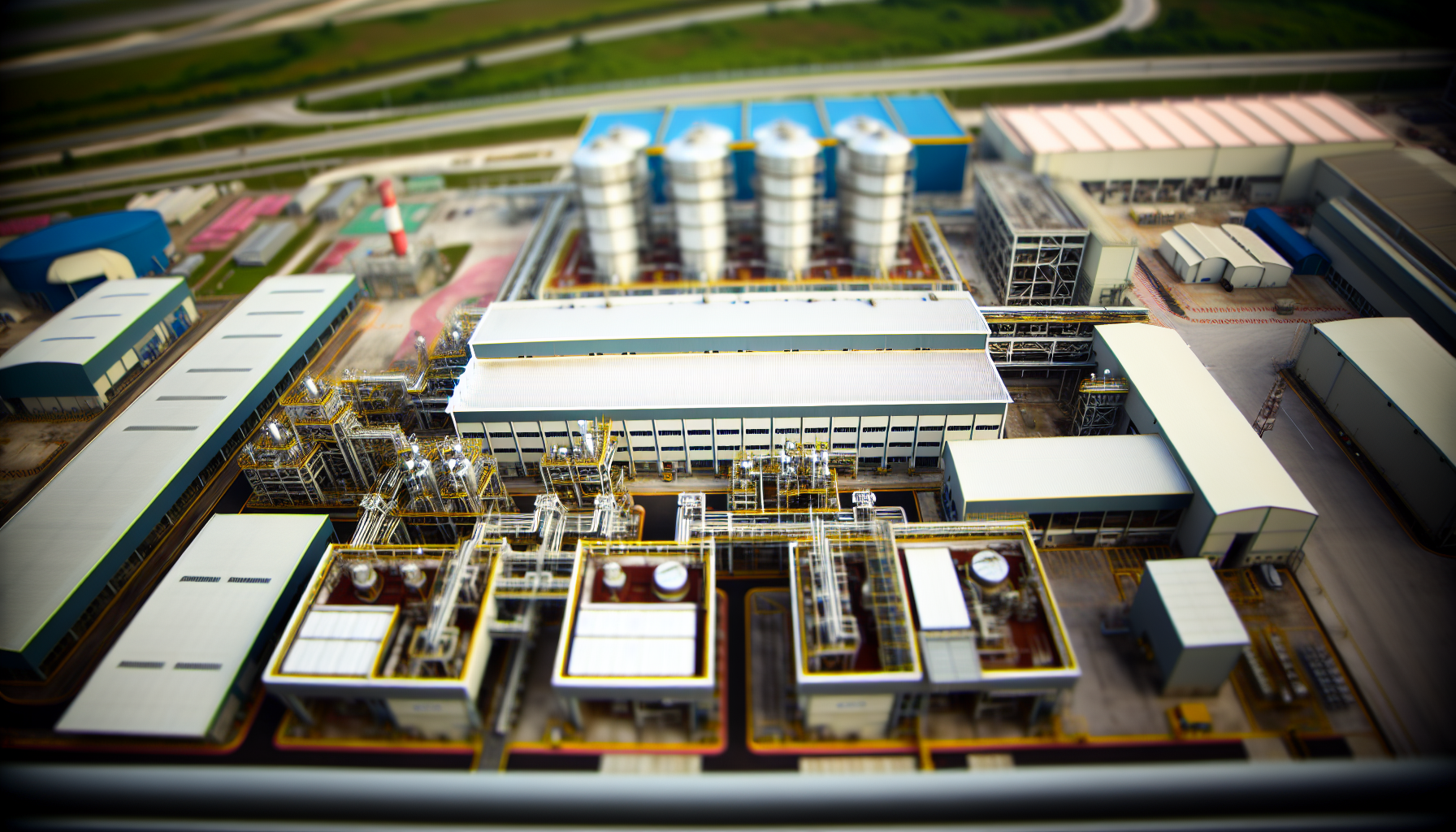The sources of EtO emissions mainly stem from several crucial processes within industries, particularly sterilization facilities. These facilities often face stringent regulations to manage emissions, making the role of continuous monitoring imperative. Effective sustainable gas monitoring not only safeguards worker safety but also ensures compliance with federal and state regulations concerning EtO emissions. For advanced solutions, consider the GasD8000 Portable Gas Detector.
Monitoring EtO levels in industrial environments is more than a regulatory obligation; it’s a critical component of workplace safety. Given the harmful effects associated with EtO exposure, maintaining a real-time awareness of emissions serves two primary purposes: protecting the health of workers and fulfilling compliance mandates. Companies that prioritize gas monitoring are establishing a proactive approach to workplace safety.
Evaluating Current Methods for Ethylene Oxide Detection in the Workplace
When assessing methods for EtO detection, traditional gas detection technologies face challenges regarding their effectiveness. Common methods such as catalytic oxidizers and chemical gas scrubbers have shown varying degrees of success, yet they often grapple with issues like cross-sensitivity and slow response times.
Maintaining accurate EtO readings is particularly challenging in dynamic environments where variables like humidity and temperature fluctuate. These environmental factors can significantly impact the reliability of conventional gas detection systems, contributing to inconsistent readings that could mask the true levels of EtO present in the workplace. Consequently, industries must adapt modern approaches aimed at enhancing detection accuracy.
As we explore advanced detection technologies, it’s evident that relying solely on antiquated detection methods can threaten effectiveness in monitoring EtO. Workers deserve robust systems that ensure their safety, making it critical to assess the transition from outdated technologies to cutting-edge solutions that address these existing limitations. For more options, refer to the Interscans Product catalog.
Implementing Sustainable Gas Monitoring Technologies to Improve EtO Reductions
In the quest for enhanced safety and sustainability, modern gas detection systems are paving the way for improved EtO monitoring. These technologies, equipped with advanced sensors, deliver real-time data visibility, allowing immediate response to potential leaks. Facilities can achieve better detection at trace levels.
Beyond improved monitoring capabilities, integrating real-time solutions into existing workflows amplifies the potential for sustainable gas monitoring. By using data analytics, companies can gain insights into emission patterns, leading to proactive measures for minimizing EtO output.
The evolution of gas monitoring not only prioritizes the health of employees but also underscores organizations’ commitment to environmental stewardship. By implementing sophisticated gas detection systems, industries move closer to achieving their sustainability goals while concurrently ensuring compliance with regulations.
As we delve deeper into best practices for managing EtO emissions, including effective training protocols and robust compliance strategies, the link between various practices becomes evident: proactive safety measures yield significant benefits for workforce health and environmental impact. Companies may also seek guidance from Main OSHA Home Page.
Developing a Comprehensive Ethylene Oxide Emissions Reduction Strategy
To effectively manage EtO emissions and enhance worker safety, industries must embrace comprehensive strategies. A robust emissions reduction strategy centers on employee training, operational protocols, and continuous collaboration with regulatory bodies. Regular training for staff is crucial; it ensures that workers are well-versed in both the risks associated with EtO and the effective use of contemporary gas detection systems. By conducting biannual training sessions, companies can improve emergency response times and foster a culture of safety that prioritizes vigilance against hazardous exposure.
In tandem with training initiatives, implementing systematic gas detection protocols will enhance compliance and bolster workplace safety. This includes regular calibration of detection equipment and incorporating the most advanced technologies available. These sensors provide real-time readings and trace-level detection—capabilities that empower facilities to react swiftly to potential EtO leaks. Moreover, maintaining open lines of communication with regulatory bodies, such as the EPA and OSHA, will help organizations stay informed about compliance requirements, ultimately supporting their sustainability goals and reducing health risks for employees.
Reducing Ethylene Oxide emissions in industrial settings necessitates a multifaceted approach, encompassing advanced gas detection technologies, comprehensive training, and strong regulatory partnerships. By adopting innovative solutions like real-time monitoring systems and enhancing employee awareness, companies can ensure safer workplaces while meeting compliance standards. As the industry moves toward sustainable practices, collaboration with experts is essential for achieving significant EtO reductions and promoting a healthier environment for all workers. For inquiries, you may Request a quote from Interscan.


